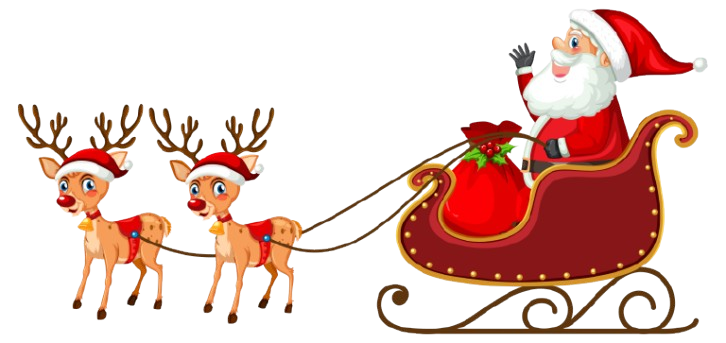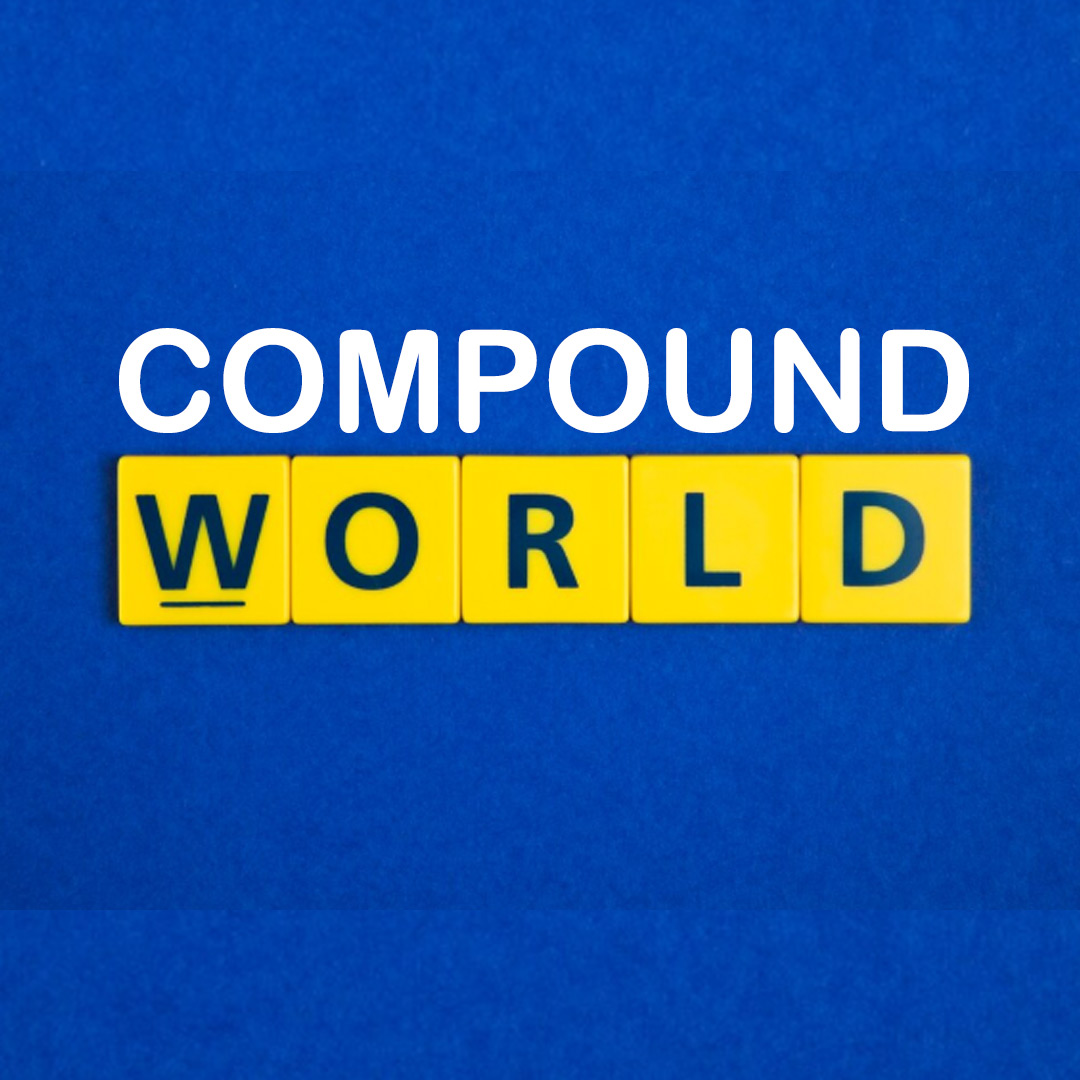

Please enter the code we just sent to whatsapp 91-11-46710500 to proceed
Didn't Receive OTP?

Two or more words joined to form a new word with a new meaning are called compound words. These words enrich the wordlist. For the child, learning compound words is an induction into the system by which words are formed and utilized in various contexts.
Here are some examples:
Rain + coat = Raincoat
Tooth + brush = Toothbrush
Play + ground = Playground
In each compound, every single part retains its individual meaning and contributes to the creation of a new expression.
There are basically three types: closed, open, and hyphenated. Before we delve into the details, we should check these.
In closed compounds, two words are joined together as one single word.
Examples of closed compound words would be: Notebook, Bedroom, Football, Toothpaste
Probably these are the most commonly used and will be the first ones taught to kids when compound words are introduced.
Open compounds are formed when the two words are written separately, but they are used together to provide a single meaning.
Examples for open compound words: Ice cream, Post office, High school, Living room
Although there is space between the two words, they are a single concept. They are pretty common in the language of everyday speech and can be found in the context of reading.
Basically, these words join the two bits with a hyphen.
Examples of hyphenated compound words: Sister-in-law, Mother-in-law, Well-being, Part-time
Kids might think they are quite tricky at first, yet they are easy to understand with a little practice.
Compound Word Examples Category-wise
Here is a list of easy compound words categorized by common themes for young learners:
Nature Words: Sunflower, Rainbow, Raindrop, Snowflake
Home/Objects: Toothbrush, Bedroom, Doorbell, Cupboard,
School/Learning: Blackboard, Notebook, Homework, Backpack
Fun/Play: Playground, Baseball, Skateboard, Jump rope (open)
Fun Ways of Teaching the Concept of Compound Words for Children
1. Word Matching - Cut corresponding words printed on cards so that children match the two separate words to form compound words. (For example, match "rain" with "coat")
2. Draw and Label - Kids should try to draw the picture of any compound word (say snowman) and afterwards label the two separate words.
3. Compound Word Hunting - While reading a storybook or wandering around the house, children will look for compound words that they see or hear.
4. Make Your Own - Get students to come up with silly or funky compound words. Some aren't really legitimate words ("cat-shoe"), but the whole idea is to trigger the imagination and teach children how compound words are formed.
1. Vocabulary building: Children learn how new words are composed, strengthening their abilities read and write.
2. Reading comprehension: Compound words give children clues to unfamiliar words while reading.
3. Encourages word play: Activities that promote the playing of compound words bolster language skills and creativity.
Compound words are the fine arts of the English language. A combination of a closed, open, or hyphenated word is a fun way to build a child's vocabulary. The more practice and use we get, the easier and more fun it becomes to learn compound words.
Keep exploring more compound words, incorporate them into conversation, reading, and writing, and watch your kids start using them confidently in no time.
Remember: A compound word is just two simple words holding hands and telling a brand new story!
Shape Your Kid's Future with Bambinos Classes | Bambinos.live India's No. 1 English Communication Platform For Kids | Click here to Book a Free Class Limited time offer.